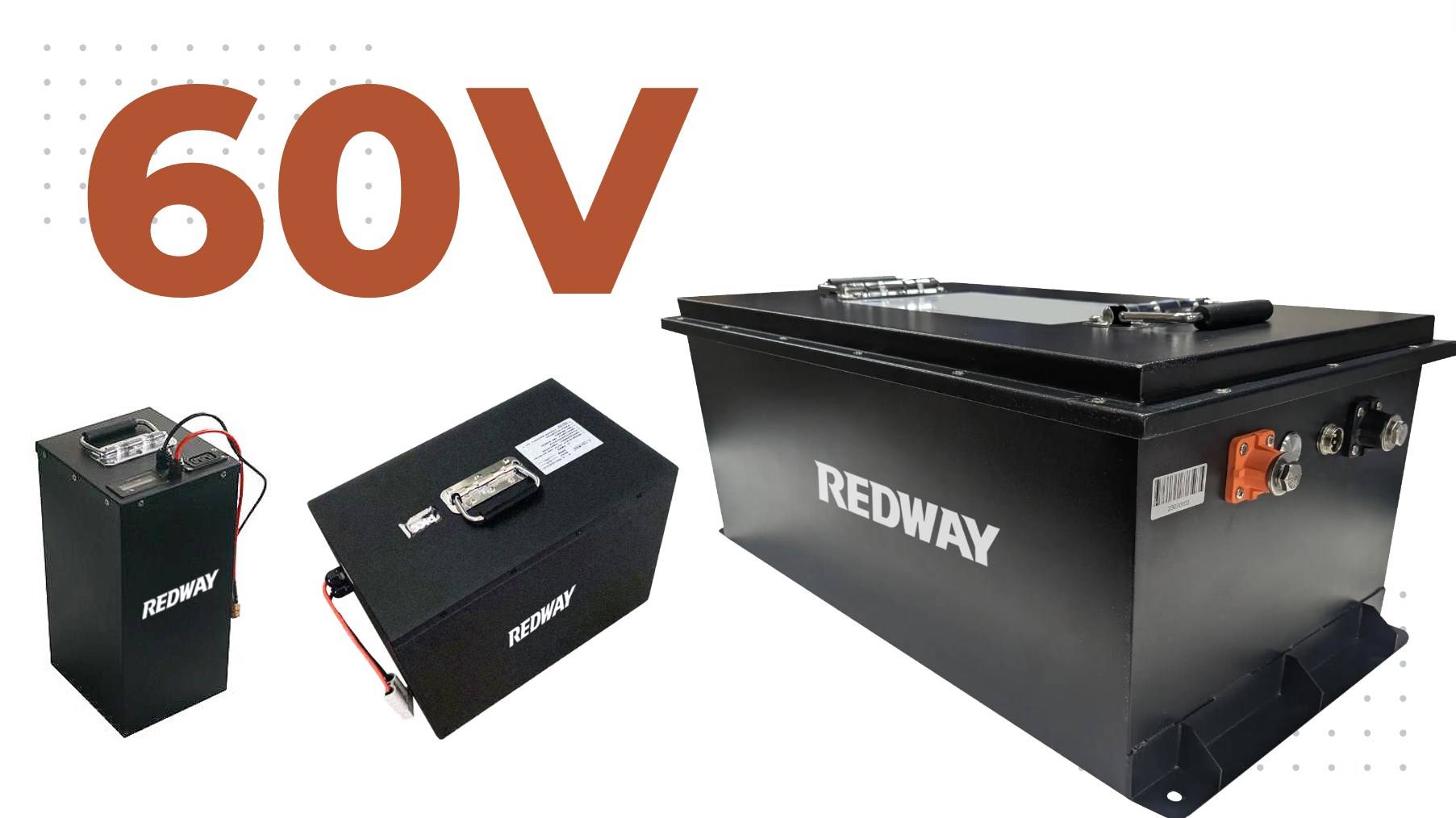
Blog
What Do You Need to Know About the 60V Lithium Battery?

A 60V lithium battery is a powerful energy source widely used in electric vehicles and renewable energy systems, known for its efficiency, lightweight design, and long lifespan, making it an excellent choice for various applications.
Why Is a 60V Lithium Battery an Excellent Choice?
Choosing a 60V lithium battery is advantageous due to its high energy density and lightweight construction, which allows for extended operation times in applications such as electric scooters, e-bikes, and industrial equipment without compromising performance.
What Are the Key Specifications of a 60V Lithium Battery?
Key specifications include:
- Nominal Voltage: Typically around 60 volts, suitable for high-performance applications.
- Capacity: Commonly available in configurations like 30Ah, providing substantial energy storage.
- Cell Configuration: Often arranged as 16S (16 cells in series) to achieve desired voltage levels.
- Weight: Generally lighter than traditional lead-acid batteries, enhancing portability.
Chart Title: Key Specifications Overview
| Specification | Value |
|---|---|
| Nominal Voltage | ~60 V |
| Capacity | ~30 Ah |
| Cell Configuration | Typically 16S |
| Weight | Varies by manufacturer |
How Does a 60V Lithium Battery Perform in Various Applications?
The performance of a 60V lithium battery is optimal across multiple applications:
- Electric Vehicles (EVs): Provides reliable power for e-bikes, scooters, and motorcycles.
- Renewable Energy Storage: Efficiently stores solar or wind energy for later use.
- Industrial Equipment: Powers machinery requiring consistent energy delivery.
Chart Title: Applications of the 60V Lithium Battery
| Application | Description |
|---|---|
| Electric Vehicles | High energy density for extended range |
| Renewable Energy Storage | Effective storage solution for solar power |
| Industrial Equipment | Reliable operation for heavy machinery |
What Are the Advantages of Using a 60V Lithium Battery?
Advantages include:
- High Energy Density: Offers more power in less space compared to older battery technologies.
- Long Cycle Life: Typically exceeds 2000 cycles, reducing overall replacement costs.
- Fast Charging Capability: Minimizes downtime during charging processes.
Chart Title: Advantages Comparison
| Advantage | Description |
|---|---|
| High Energy Density | More power in less space |
| Long Cycle Life | Cost-effective over time |
| Fast Charging | Quick turnaround during recharging |
How to Properly Charge a 60V Lithium Battery?
To charge your 60V lithium battery effectively:
- Use an appropriate charger designed for lithium batteries.
- Follow recommended voltage settings (typically up to 67.2 volts) during charging.
- Avoid overcharging by monitoring charge levels or using smart chargers with automatic shutoff features.
What Are the Environmental Impacts of Using Lithium Batteries?
Lithium batteries have several environmental considerations:
- They contain fewer toxic materials than lead-acid batteries.
- Higher recyclability rates contribute to sustainable practices.
- Their longer lifespan reduces waste generation over time.
How Do Temperature Fluctuations Affect Performance?
Temperature significantly impacts lithium battery performance:
- High temperatures can lead to increased self-discharge rates and potential damage.
- Low temperatures may reduce capacity and efficiency during use.
Expert Views:
“The versatility and efficiency of the 60V lithium battery make it an essential component in modern energy solutions, from electric vehicles to renewable energy systems,” states an expert in battery technology.
FAQ Section
- What is the typical lifespan of a lithium battery?
A well-maintained lithium battery can last over 2000 cycles, depending on usage conditions. - Can I use this battery type for solar energy storage?
Yes, it is ideal for storing energy generated from solar panels efficiently. - What should I consider when charging my lithium battery?
Always use the correct charger and avoid overcharging to maintain battery health.



